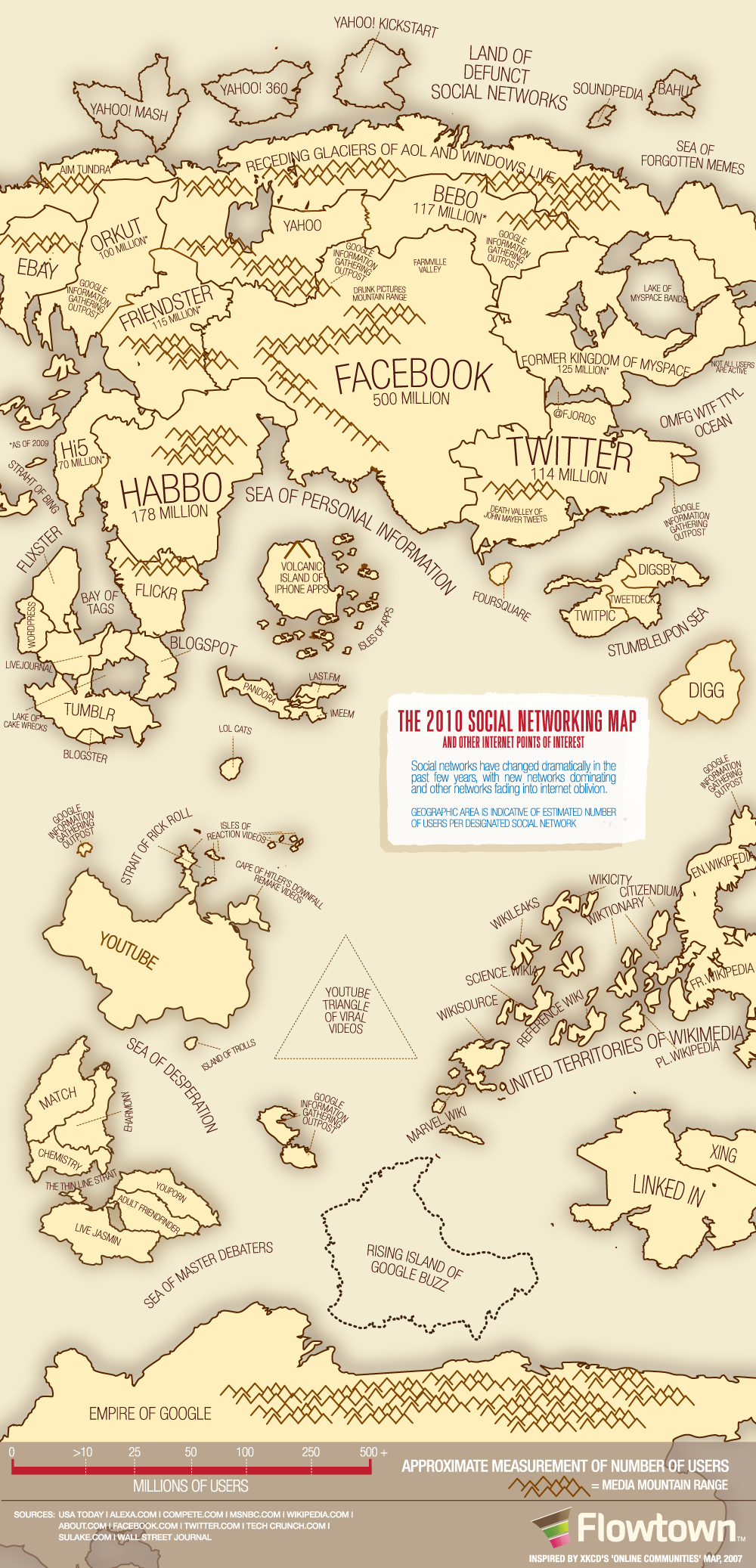Social Media; from sending to participating
31/01/2012Everyone has heard of social media by now. Most people have a linkedin and a facebook account and are sharing their personal lives or improving business relations. Public Transport companies are starting to feel the need to jump on the bandwagon, but often don’t know how.
They often start by just republishing information from their website on their facebook page or on their twitter stream. Some companies, and especially their directors think when they do that, they are an active innovative company. They are not.
The next phase we see is that companies are starting to tailor their information for the different channels, like real-time delay information on Twitter, or posting teasers on facebook which make people “Like” their pages, and thereby subscribing to more information and offers. In the Netherlands, the Hague’s municipal transport company is a prime example of this.
When companies are actively sending in this way, they are using social media, but still as a sending medium. Taking the next step often is the most difficult, like crossing the Rubicon. Many companies are afraid to actually involve their customers in their communication, since they think it means losing control. Managers will ask “Why would we build a website where people can complain about us?”
In this decennium however, one will lose control when one doesn’t plays an active role in the discours about one’s company. People will start complaining on social media on their own account, and since peer-to-peer information is seen as most reliable by Generation Y (1980-2000), these complains will dominate. And only an active and sincere role by the stakeholders in regional transport can prevent this from happening.
There are some good examples coming up. Within the Civitas framework the city of Ghent has played a pioneering role in giving inhabitants a voice in co-creating new services. The Green City Streets project helps non transport professional to contribute ideas to support sustainable solution in Vienna. It allows people to discuss about public transport solutions aided by social network and accessible tools. When you discover which of your target groups is present, you can act.
In the Netherlands there are project coming up where travellers help each other to find solutions when there are disruptions in the network. Network operator ProRail is facilitating them to find alternatives around the big works in the corridor between Schiphol Airport- Amsterdam – Almere and Lelystad. They have learned that people understand the need for works and will accept that there are sometimes are problems. They just don’t want to feel left alone in the cold.
And this is why social media will play such an important role in the 2010s for public transport. One of the big barriers for its use is the uncertainty about a smooth trip; a wise public transport company knows this, and isn’t afraid of its own customers.
NL Agency is active in Civitas, finances the Prorail project, and won the international Taftie award for best use of social media by government organisations.
